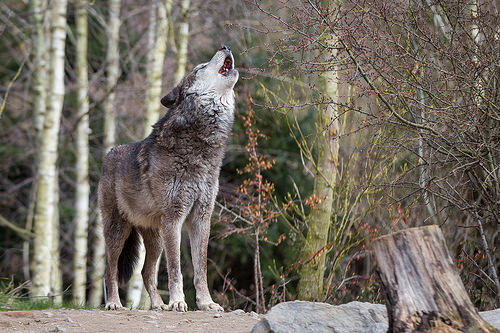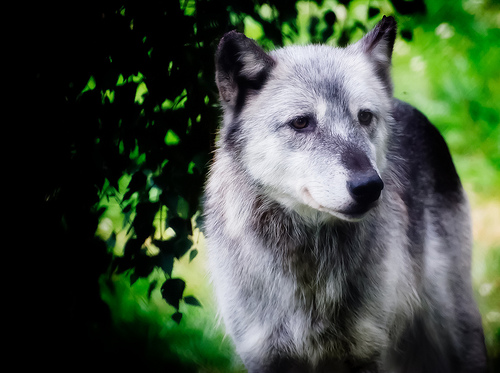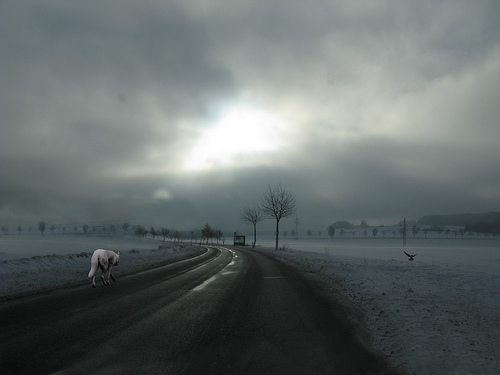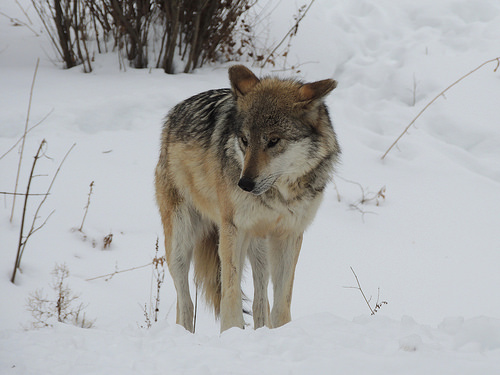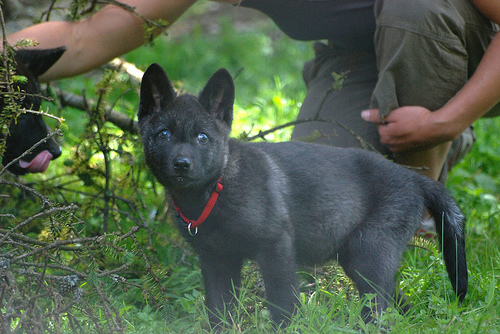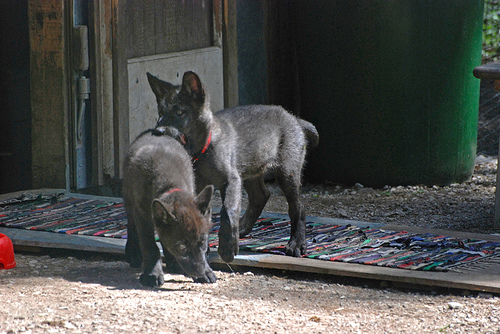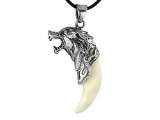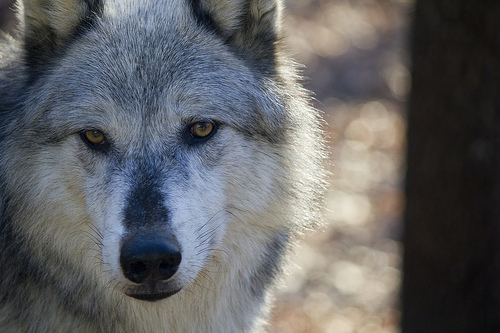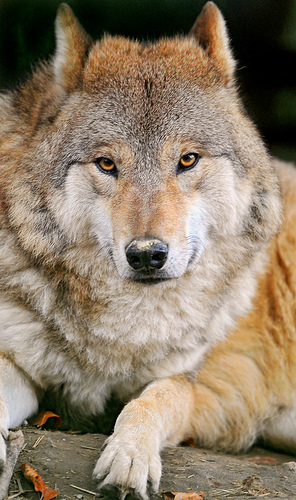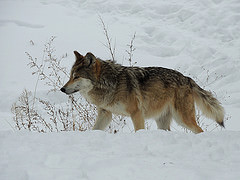The Grey Wolf in 2024
Wolves, the majestic predators that once roamed freely across vast territories, are now at a critical juncture in 2024. The current state of the grey wolf population and the political climate surrounding these iconic animals are of utmost importance. In this article, we will explore the policies concerning grey wolves in 2024, shedding light on their status and the measures in place to protect and preserve them in a changing world.
Population Dynamics
Current Numbers and Trends
On the population front, the grey wolf in 2024 continues a slow but steady recovery from past endangerment. With an estimated population of around 10,000 individuals, the species is gradually reclaiming lost territories and establishing stable breeding populations in several regions.
Habitat and Distribution
For habitat and distribution, grey wolves in 2024 have seen a slight expansion into previously uninhabited areas due to successful reintroduction efforts and improved conservation measures. Populations are thriving in national parks and protected areas, while some conflicts with humans persist in certain regions.
To ensure the continued success of grey wolves in 2024, it is crucial to maintain and strengthen conservation policies that protect their habitats and prevent conflicts with human activities. By promoting coexistence and sustainable management strategies, we can secure a bright future for these iconic predators and their ecosystems.
Political Climate
National and Regional Policies
Political landscapes in various regions have led to differing policies concerning grey wolves. Some countries have implemented strict protections for the species, while others continue to face challenges balancing conservation with human interests.
The grey wolf population has seen fluctuations due to these political decisions, with some regions experiencing stable growth while others struggle to maintain healthy populations. National and regional policies play a crucial role in determining the future of this iconic species.
Conservation Efforts
Habitat Preservation and Restoration
Restoration of natural habitats is crucial for the survival of grey wolves. Efforts are underway to protect and restore vital habitats to ensure they have enough space to roam and thrive.
Reintroduction Programs
Conservation groups are working on reintroduction programs to bolster grey wolf populations in areas where they have been historically depleted. These programs aim to increase genetic diversity and ensure a healthy wolf population for the future.
The reintroduction programs include carefully planned releases of captive-bred wolves into suitable habitats, closely monitored to track their progress and success in the wild.
Conflict Mitigation Strategies
Any conflicts between humans and grey wolves are being addressed through the implementation of effective mitigation strategies. These include measures such as community education, livestock protection programs, and non-lethal methods of deterrence to reduce human-wolf conflicts and promote coexistence.
Strategies also focus on addressing concerns of local communities and stakeholders while ensuring the protection and conservation of grey wolves remain a priority.
Threats and Challenges
Human-Wolf Conflicts
An increase in human-wolf conflicts has been reported in 2024, with growing concerns over livestock predation and potential risks to human safety. Efforts to find balanced solutions are underway to mitigate these conflicts.
Habitat Fragmentation and Loss
On the other hand, habitat fragmentation and loss continue to threaten the grey wolf population. With shrinking natural habitats due to human encroachment and development, wolves face challenges in finding suitable territories for hunting and breeding.
Habitat fragmentation disrupts ecological processes vital for the survival of wolves and can lead to isolated populations with limited genetic diversity, making them more vulnerable to diseases and environmental changes. Conservation efforts focusing on habitat restoration and connecting fragmented areas are necessary for the long-term survival of grey wolves.
Climate Change Impacts
With the increasing impacts of climate change, grey wolves are facing challenges such as shifting prey availability and changing weather patterns. These factors can disrupt the delicate balance of ecosystems, affecting the availability of food sources for wolves and impacting their overall survival.
Conflicts between humans and wolves over resources may intensify as climate change further alters natural landscapes. It is crucial to implement adaptive management strategies and conservation measures to address these challenges and ensure the continued existence of grey wolves in the changing environmental conditions.
Policy Analysis
Current Grey Wolf Management Policies
To address the state of the grey wolf population in 2024, policymakers have implemented various management policies aimed at ensuring the conservation and sustainable management of these majestic creatures. These policies typically focus on habitat protection, population monitoring, and conflict mitigation between wolves and humans.
Effectiveness of Existing Policies
Effectiveness of these policies in protecting grey wolves has been mixed. While some progress has been made in stabilizing populations in certain regions, challenges such as habitat loss and conflicts with human activities continue to pose significant threats to the species.
This calls for a comprehensive review of current policies to identify gaps and opportunities for improvement to ensure the long-term survival of grey wolves.
Needed Reforms and Improvements
Improvements in grey wolf management policies are imperative to address the ongoing threats and challenges faced by these apex predators. Reforms should focus on enhancing habitat conservation efforts, promoting coexistence with local communities, and implementing science-based management strategies to ensure the sustainability of grey wolf populations for generations to come.
Human-Wolf Coexistence
Education and Awareness Campaigns
Keep the grey wolf population safe by ensuring that communities are educated about the importance of coexisting with these majestic creatures. Education and awareness campaigns play a crucial role in dispelling myths and misconceptions surrounding wolves, fostering a culture of respect and understanding.
Community-Based Conservation Initiatives
Campaigns focused on community-based conservation initiatives are necessary in protecting grey wolves and their habitats. By involving local communities in conservation efforts, it fosters a sense of ownership and responsibility towards these magnificent animals.
It is crucial to engage with local communities to ensure their participation and support in conservation initiatives. By working together, we can create sustainable solutions that benefit both humans and wolves.
Economic Benefits of Wolf Conservation
Education on the economic benefits of wolf conservation is key in garnering support for protecting these apex predators. Wolves play a vital role in maintaining healthy ecosystems, which in turn benefits industries such as tourism and agriculture.
Understanding the economic value of wolves can help policymakers make informed decisions that prioritize conservation efforts, ensuring the long-term survival of these iconic creatures.
Conclusion: Drawing together
As of the year 2024, the grey wolf population is in a precarious state, with ongoing concerns about habitat loss and human-wolf conflict. The political climate surrounding grey wolves is a mix of support for conservation efforts and conflicting interests from agricultural and hunting groups. Policies concerning grey wolves focus on balancing conservation efforts with the needs of local communities and industries, aiming to protect this iconic species while also addressing the concerns of those affected by their presence. Continued efforts to monitor and manage grey wolf populations will be key in ensuring their survival and coexistence with humans in the years to come.

